
They’ve never ever done anything wrong,” one woman says of her three XL bully dogs. “We’ve owned bull breeds for 10 years and they’ve never put a foot wrong, we’ve never had altercations in public, we have had nothing but a positive experience.”
Heather Halls and her husband Chris have spent the past few weeks in disbelief after Rishi Sunak announced in September that American XL bully dogs would be banned in the UK following a spate of high-profile attacks and fatalities.
Not only do three of their family dogs fall into this category, but Chris is a professional dog trainer specialising in bulldog breeds, meaning that their entire livelihood is now at stake. They also compete in the Protection Sports Association, by which two of their XL bullies have been awarded titles.
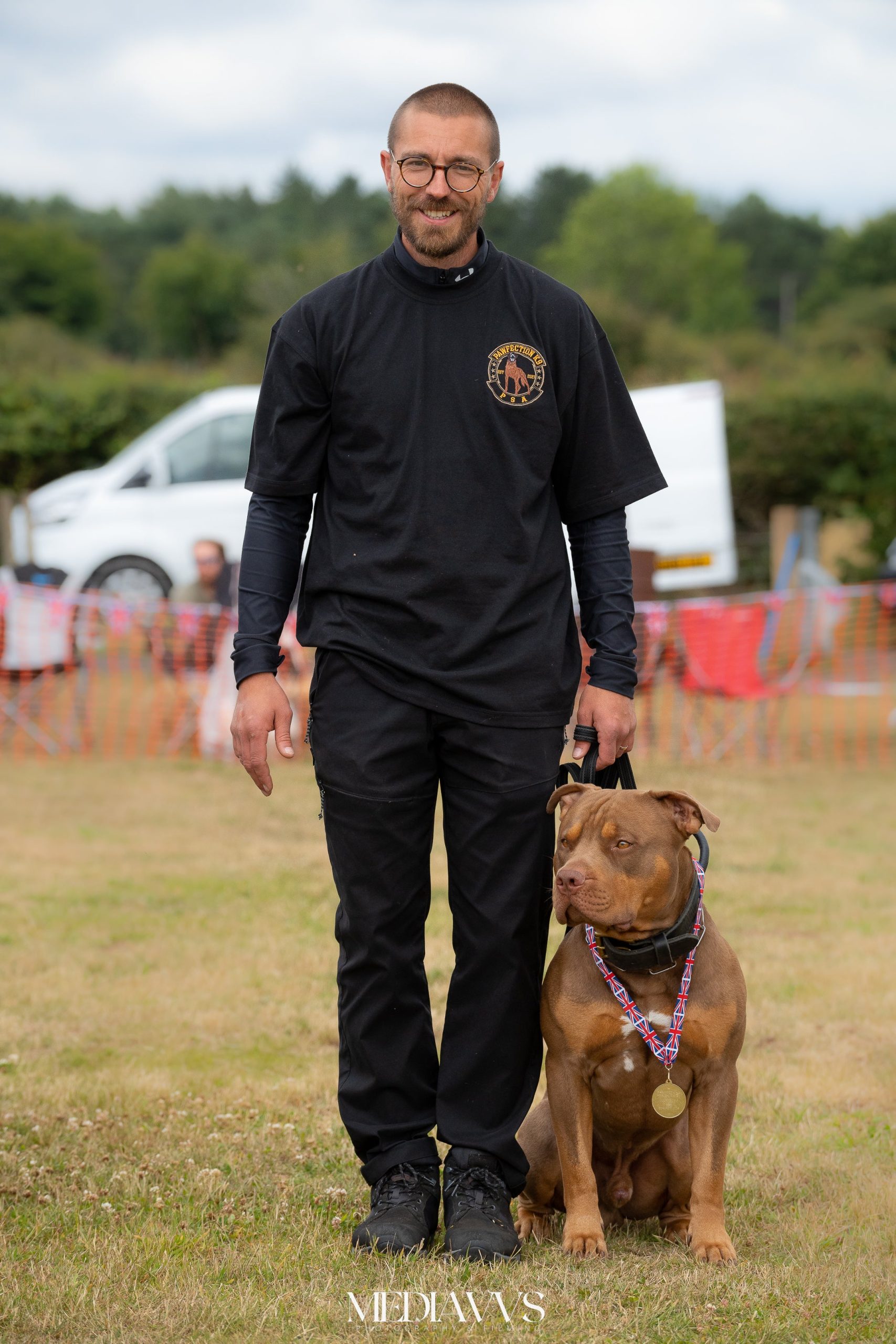
“Essentially, our whole world and what we’ve worked towards in the last few years is about to get flipped on its head,” says Heather.
The couple have now joined forces with other XL bully owners to launch an official campaign to challenge the government’s stance, with more than £86,000 raised in a matter of days to support legal action.
Campaigners from Don’t Ban Me – Licence Me are asking the Department for the Environment, Food and Rural Affairs (Defra) to rethink their plans and are fundraising for a judicial review.
Poor breeding to blame for XL bullies attacking people, says dog trainer
With the support of their barrister John Cooper KC, they sent a warning of their intention to launch legal action to the environment secretary Therese Coffey last Thursday, as they hope to scrap the planned ban in favour of tightened laws around breeding and ownership.
Under new legislation, it will be illegal to sell, breed or abandon an XL bully-type dog from 31 December, while it will be an offence to own one from 1 February 2024 unless it is registered to the government’s database, the Index of Exempted Dogs.

Once their animal is registered, owners will have to abide by strict regulations, which include keeping their dogs muzzled and on a lead at all times in public, having them neutered and microchipped, and having to carry a certificate of exemption at all times to show police officers or council dog wardens.
Alongside descriptions of head size and physical features, the government has defined an American XL bully as an adult male from 20in in height, or an adult female from 19in. However, given that XL bullies have never been defined as an official breed, this has confused owners of cross-breeds such as mastiffs and mongrels.
The decision to ban the breed came after deaths relating to XL bully attacks, including those of 10-year-old Jack Lis and 17-month-old Bella-Rae Birch. Two people were injured in recent days in Mansfield by a suspected XL bully, while one report holds the breed responsible for nearly 50 per cent of all dog attacks in the UK.
Charities with the banned breed in their care will now receive £100 compensation for euthanising an XL bully, while owners will get £200 compensation if a vet euthanises their dog.

Speaking to The Independent, Sophie Coulthard, an organiser of the campaign group, says: “The problem with this knee-jerk reaction is that it won’t stop dog attacks. We need to focus on licensing and educating owners, with compulsory training and tougher punishments to prevent people from impulse-buying dogs.”
Sophie has owned her XL bully, Billy, for the last year, and has developed a following on TikTok by posting educational videos of his training as well as details of the proposed ban.
“One thing we’ve found is that people are really misinformed on the full impact of the ban,” she says. “What the government is asking me to do is look at their guidelines and commit him to a life on the muzzle, not go on holidays with him, have him muzzled in the car.
“There’d be no more playing with a toy in the park, anyone in social housing could lose their housing or their dog, you can no longer hire private fields to take dogs off the lead. It is really reducing the quality of life for these dogs.”
The group is arguing for the UK to take a similar approach to Canada’s Calgary model, an educational, licensing and stronger enforcement programme that has successfully reduced the number of dog bites by 70 per cent.

“I understand there’s been attacks, and I fully sympathise with anyone who has been a victim, because it’s horrific,” Heather says. “Dog ownership is a complete and utter mess, and people got these dogs in lockdown and haven’t socialised them or trained them. My son was bitten by a dachshund that shot out of a front door, so it’s not just XL bullies.
“Licensing is the right way forward. It’s proven to work in other countries and you can’t ignore the evidence that it works.”
Since the announcement, her five-year-old son panics each time he hears a siren, out of fear that police officers will arrive to take his dogs away. “Our dogs are our family pets,” says Heather. “I’ll do anything to keep my dogs safe. I will fight with my last breath.”
Dad was left unrecognizable after losing his lips and four limbs to flesh-eating bacteria – This is what he looks like today
The life story of Alex Lewis is like no other. This man refused to give up on his life no matter what it took, and today, he’s thriving with the help of his loving wife Lucy Townsend, and their son.
Alex and Lucy always knew they were meant for each other. When they married and welcomed their son Sam into their life, they felt like the happiest couple on Earth. But then in 2013, around the time Sam turned two, this family’s life took a different turn.

Both Alex and Sam caught the flu, or at least they believed so. However, as the boy got better in a short period of time, Alex wasn’t feeling fine even days after he experienced the flu-like symptoms.
“Because we owned and lived in a pub and came into contact with lots of different people, I assumed it was a seasonal cold and thought it started off as man flu,” Alex told Metro.
Instead of improving, his condition worsened and he became feverish and noticed blood in his urine.
As he could feel something was very wrong, he went to the hospital where doctors told him he contracted a streptococcal infection (type A). Unfortunately, at that point, the infection penetrated deep into the tissue and the organs and caused sepsis. Alex had contracted shock syndrome, septicemia, and necrotizing fascitis – and his body was attacking itself from the inside out.
“I called an ambulance, and within eight minutes, they were there. At the hospital, we went straight into resuscitation, and I was told to say goodbye. His kidneys were shutting down, and they were going to put him on life support,” his wife Lucy told The Guardian.
Doctors’ prognoses were dull. They told the family there was just a three percent chance that Alex would survive as his face and body turned black.
“They were going to turn my life support off, but they wanted to give me one more night to see if I improved, and they wanted to give my family a chance to say goodbye,” Alex told Metro.

“I cannot imagine what Lucy and my mum were going through.
“Having spoken to them since it happened, I think they were more in shock as they couldn’t believe something so incredibly invasive was happening so quickly,” he added.
“I don’t remember being in excruciating pain at this point, but my family remembers seeing me in absolute agony.”
It was determined that a flesh-eating bacteria was poisoning his body so doctors had to amputate his left arm up to the elbow. Sadly, as months passed by, Alex lost all of his limbs, and doctors were also forced to cut parts of his face in order to save his life.
“I can remember seeing my legs in hospital and how they were getting blacker and blacker,” Alex told The Guardian. “The blackness was creeping up towards my waist. I don’t remember seeing my left arm in that condition, but I can remember my legs vividly.”
As Alex lost his lips, plastic surgeon Alexandra Crick took skin from his shoulder in an attempt to fix his mouth.
“It would take me about an hour to eat a sandwich at night, and that was with the help of the nurse,” he told the Daily Mail.
“The last available skin for surgery was on my shoulder,” he explained. “So they replaced the temporary flap with that. All my other skin had to be used for grafts or was scarred.”
“Having my bottom and top lip done at the same time like this was a world first. It’s one piece of skin, and it was like if you imagine placing a bag in your mouth and then sewing around the edges. After the original operation, I had to have them every three or four months.”
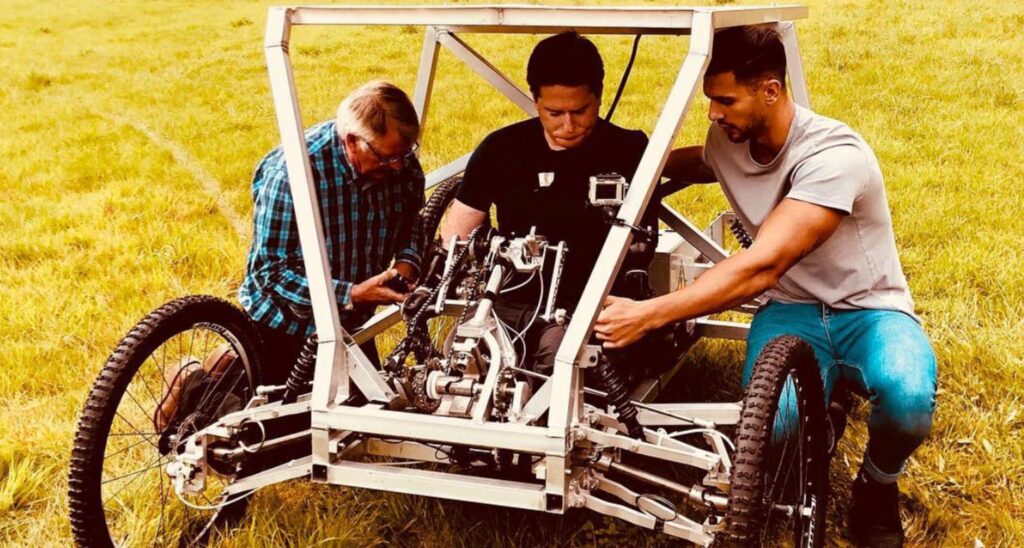
Looking at his father, and how different he was, Sam was afraid to approach closer to him, but Lucy found a way to explain to him why his dad looked like that, which wasn’t easy as Sam was just two years old at the time.
After spending months at the hospital Alex could finally go home. The good thing was that doctors managed to save the elbow of his right arm which allowed him to have a prosthetic and be able to use his arm. Eventually, he could speak again as his lip surgery was a huge success.
“That one elbow is his whole independence,” Lucy said.
“I had to relearn everything,” Alex added. “From learning to eat, drink, put my clothes on, to learn to use a prosthesis, and to self propel a manual wheelchair.”
Today, Alex is involved in a number of tech projects which help ease the lives of disabled people. Among the rest, he has tested solar-powered, battery-assisted four-wheeled handles which have been designed by masters students at Southampton University.
Despite his condition, he’s living a quality life and is doing a lot of things, such as kayaking and climbing. In 2019, he climbed one of Africa’s tallest mountains using a specially adapted buggy.
“Since becoming an amputee, I’ve been fortunate enough to try out a number of training methods to keep my fitness up, working with physios and visiting the Help for Heroes training facilities,” he shared with Sports Management.
“I’ve had first-rate guidance, but nothing has been as effective as EMS training, especially in such a short space of time.
“It’s amazing how the machine helps me to engage muscles I haven’t felt since I lost my arms and legs,” he added.
“I feel stronger in training, daily life tasks are easier, and I’ve gained greater confidence that I can take on these challenges.”
His Wild Wheelchairs Project, besides helping improve the lives of disabled people, raises money to finance the construction and operation of a wheelchair manufacturing facility in Ethiopia.
Alex is also a motivational speaker who is happy with his life.
“I’ve lived more of a life in the past four years than I did in the previous 33, and it’s made me realize how much I love Lucy and Sam,” he told Metro.
“There was so much I regretted not doing when I had arms and legs, but I am not letting that happen again. I would not change anything, not in a heartbeat.”
Sam also learned to love his dad for who he is and is proud of him.
We truly admire this brave man’s resilience. His story is proof that no matter the curveballs life throws at us, we should always do our best to end up winners.
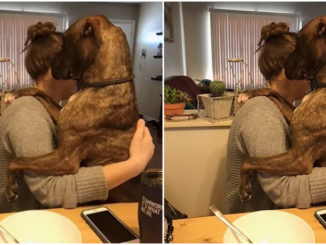
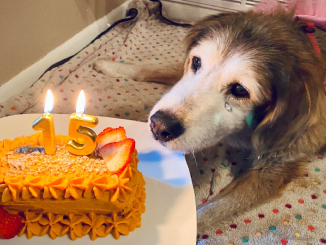
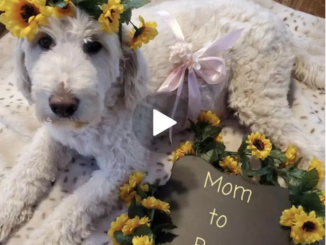
Leave a Reply